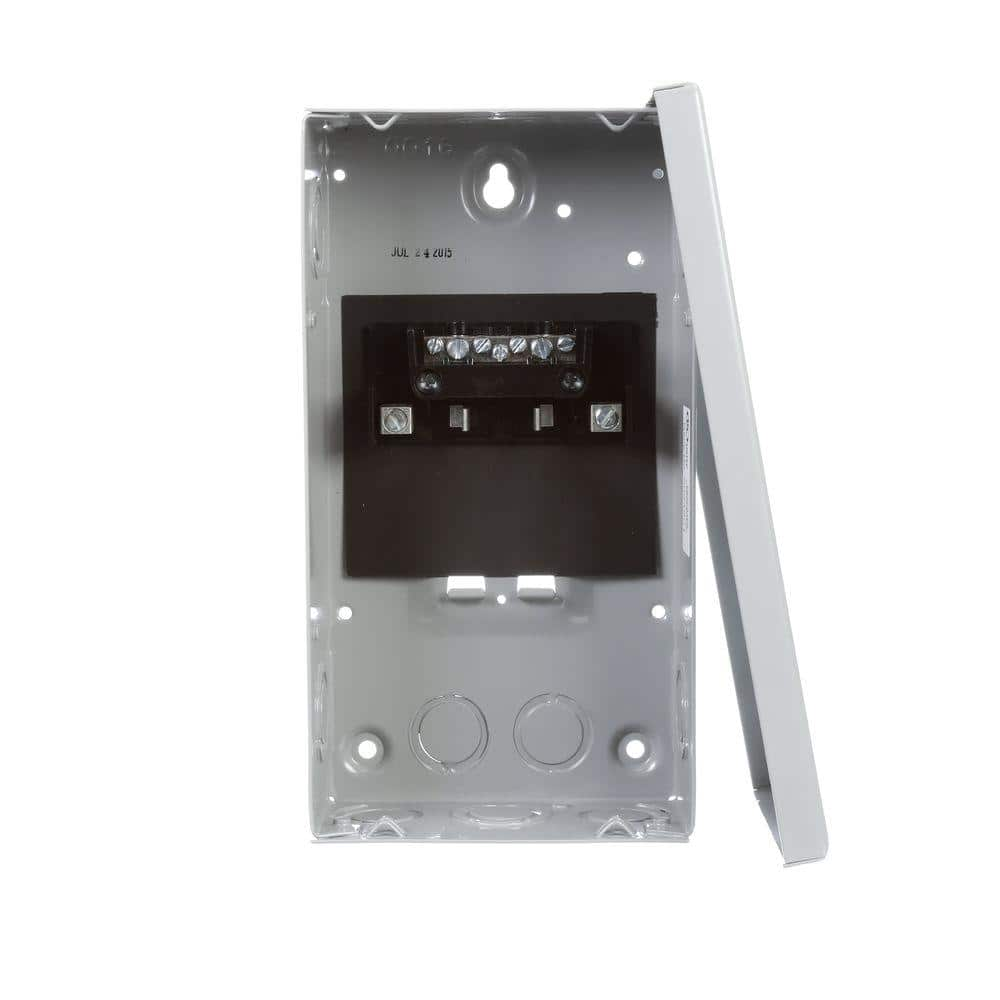After running VS pump last season without a GFCI breaker I finally got around to installing one this season. Given that I have a GE load center panel I installed a GE THQL2120GF double pole ground fault breaker ($93) which is listed on the panels label. It didn't work, GFI trips immediately when breaker is switched on. In researching this I found the following, in no particular order.
1) This is apparently a common problem with the noise from the high frequency inverter and or rectifier of the VFD causing the GFCI protection to trip. In some cases it may just be intermittent but my case it was immediate. Never was able to run the motor.
2) Siemens QPF2 GFCI are designed to be immune to this noise.
3) Pentair has their own GFCI breaker which they have listed for their load center panels. This breaker is just a re-branded Siemens QPF2 GFCI.
4) Listed breakers - All loaded center panels have listed on their labels breakers that are approved for use in the panel. In order to be listed, they must be approved by UL. To get UL approval, the manufacture of the panel needs to pay UL for design assessment and/or test of the breaker for use in the panel. No manufacture is going to pay for the approval of another manufactures breaker in their panel.
5) Classified breakers. Some manufactures (Eaton) have replacement breakers that have been tested and approved in other manufactures panels. Eaton has a cross reference of their Classified replacement breakers to other manufactures breakers.
6) It's my understanding that the use of classified breakers (note that the classified breaker list the various panels that it is approved for in the supplied documentation) does meet the code requirements, although some building inspectors may balk at it. Some manufactures (Square D) are resisting the use of Classified breaker in their panels for obvious reasons.
For my GE panel, there appears to be no classified double pole GFCI breaker available. The Siemens QPF breakers do fit in my panel and from what I found on the internet and told by an electrician, will work without problems. However it is neither listed nor classified for use in my panel. So my choice is to be non code compliant by either using normal breaker (non GFCI protected) or use the Siemens QFP breaker. I'm going with the Siemens breaker.














